The secret to happy houseplants — are you overwatering?
Save your plants from drowning
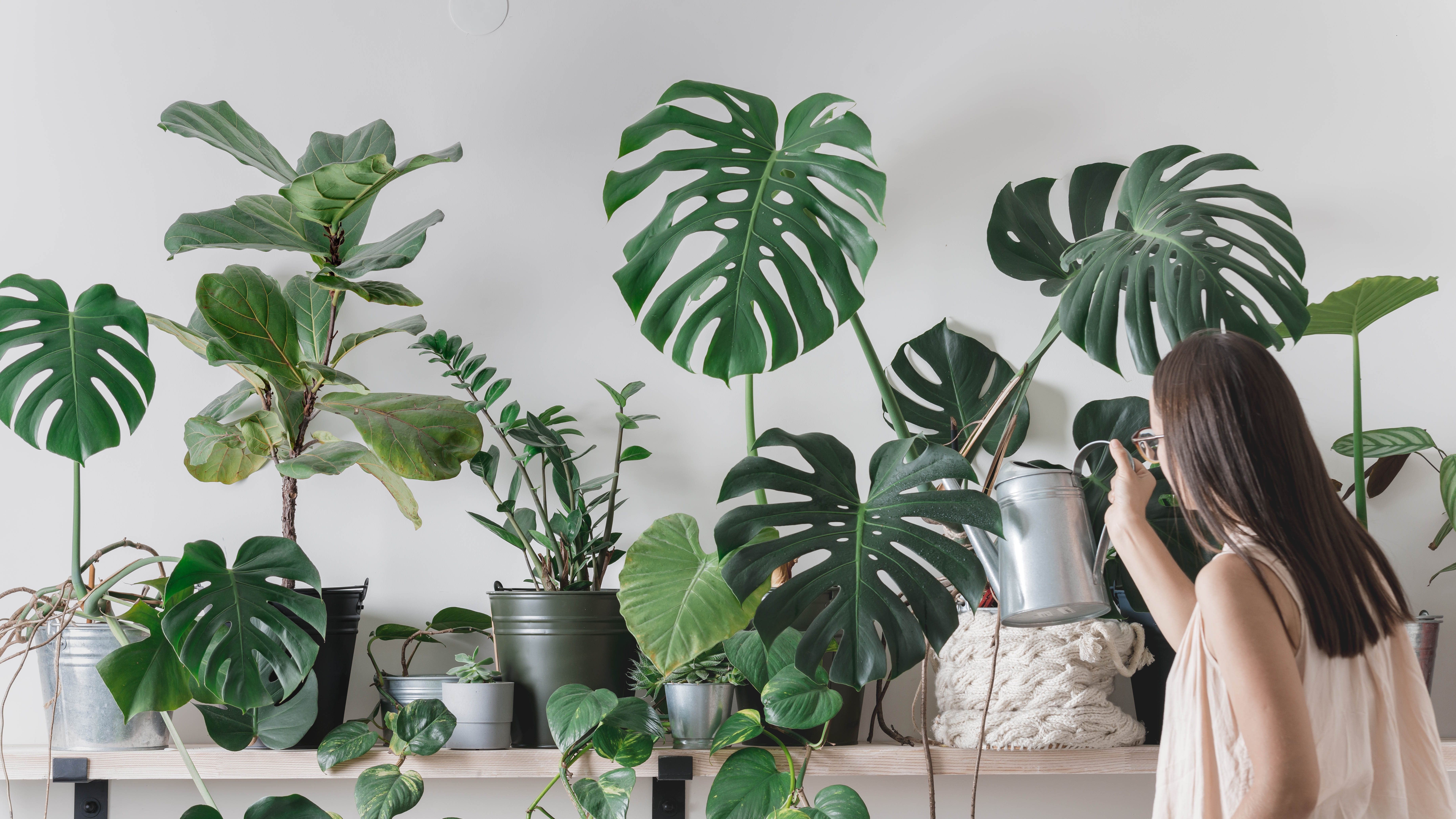
As a dedicated houseplant parent, it's only natural to want to shower your leafy friends with love and care. However, too much of a good thing can sometimes be harmful. There are plenty of mistakes that can kill our houseplants, and overwatering is one of them.
Signs like yellowing leaves, wilting despite moist soil and mold growth are red flags that your plants might be getting too much water. Understanding these indicators early on can save your houseplants from a watery grave.
Knowing how to properly water your houseplants is crucial for their health and longevity. Lets break down the telltale signs of overwatering to ensure your indoor jungle thrives.
1. Yellowing leaves
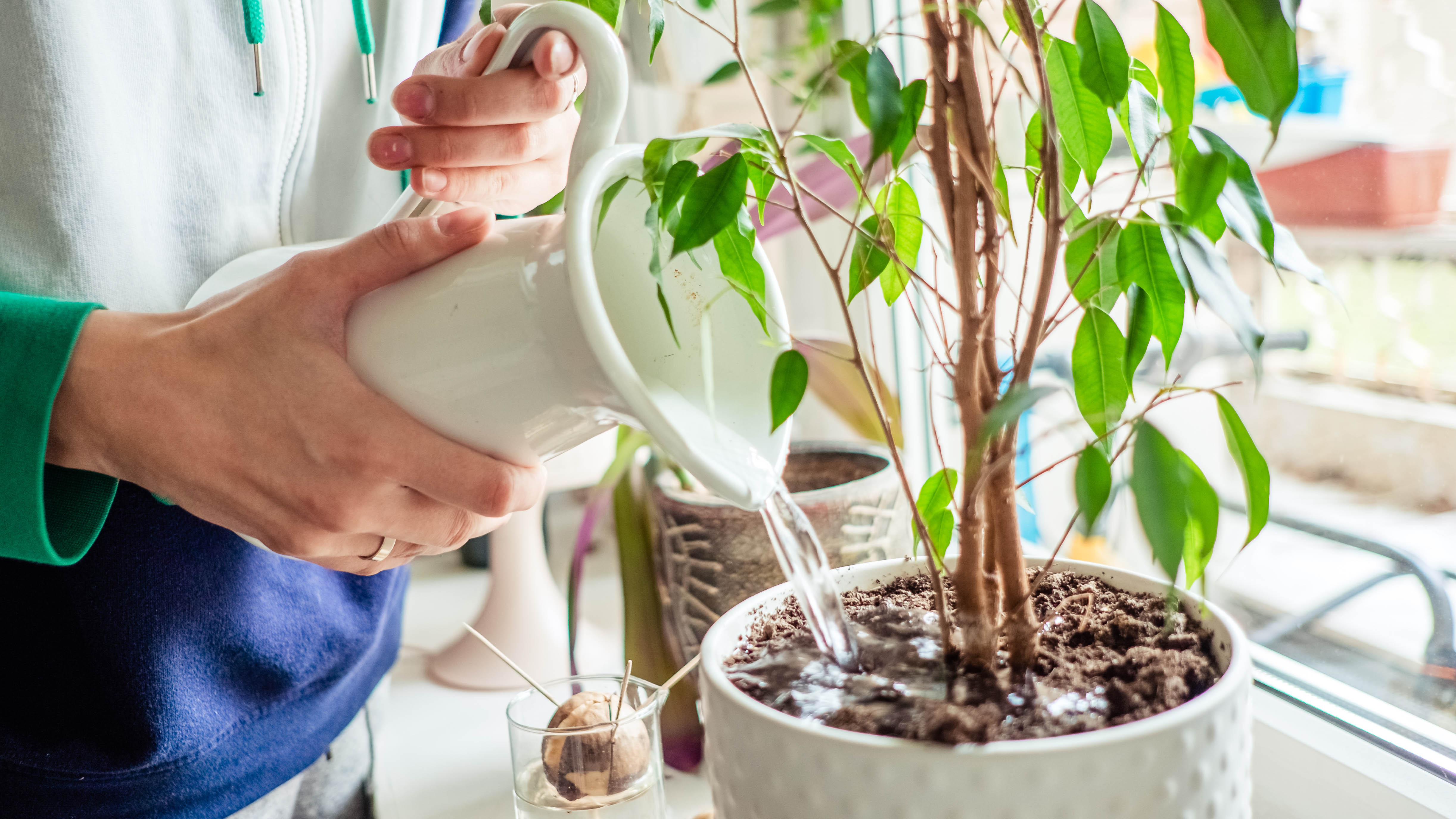
Yellowing leaves are often the first sign that your houseplants are getting too much water. While there are various reasons for yellow leaves, overwatering is a frequent culprit. Excess water prevents roots from accessing the oxygen they need, causing stress that turns the leaves yellow.
2. Wilting despite moist soil

Another warning sign is wilting, even when the soil feels moist. It might seem strange, but overwatered houseplants can wilt just as they do when thirsty. This happens because their roots are suffocating and unable to absorb water properly, despite its abundance.
3. Soft stems and mushy leaves
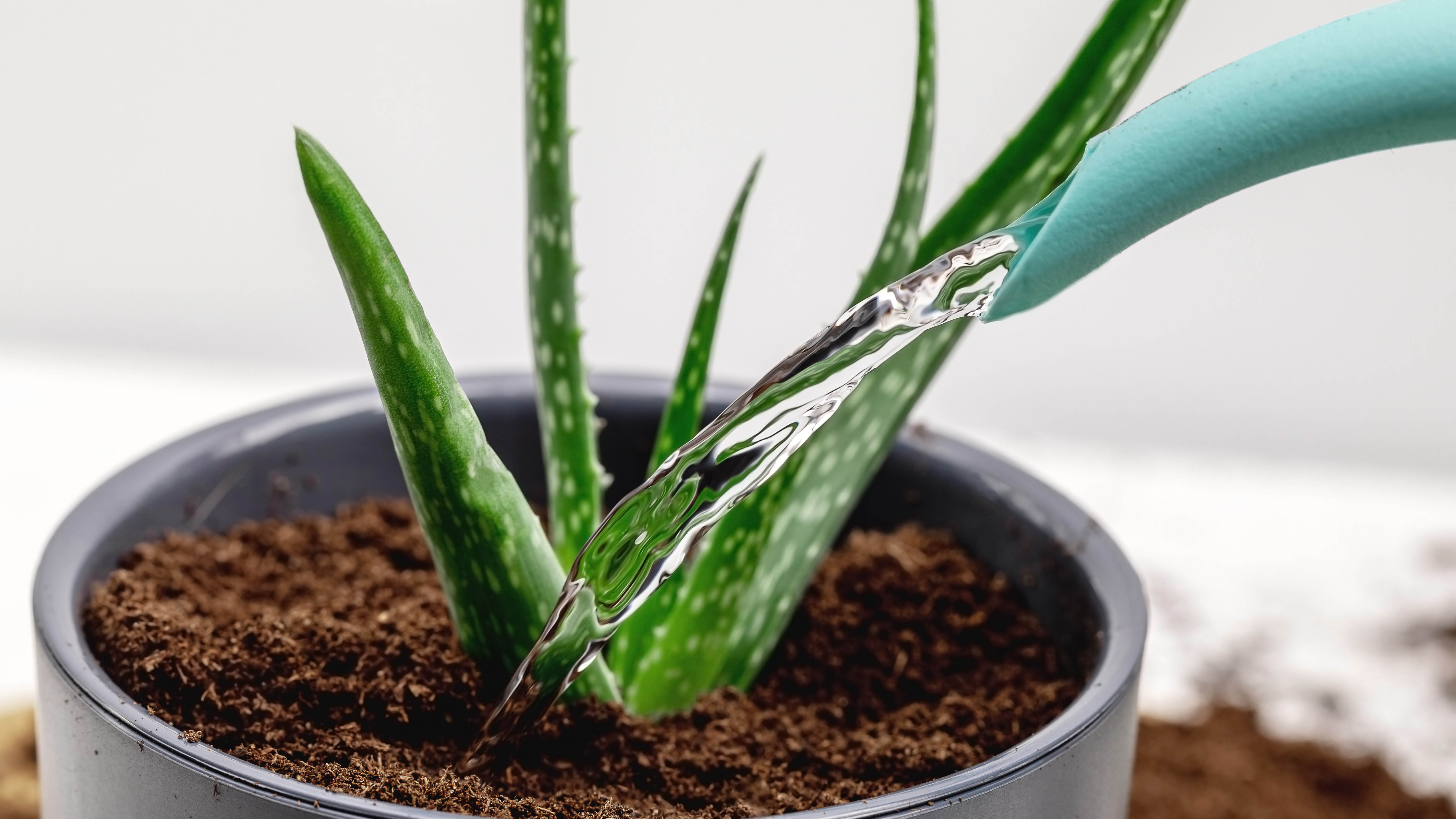
If you notice soft stems and mushy leaves, your plant might be suffering from overwatering. Healthy stems should be firm, so a squishy texture indicates too much moisture retention. In severe cases, you might even spot mold or fungus on the soil surface, a clear indicator that the soil is staying wet for too long.
4. Root rot: the silent killer
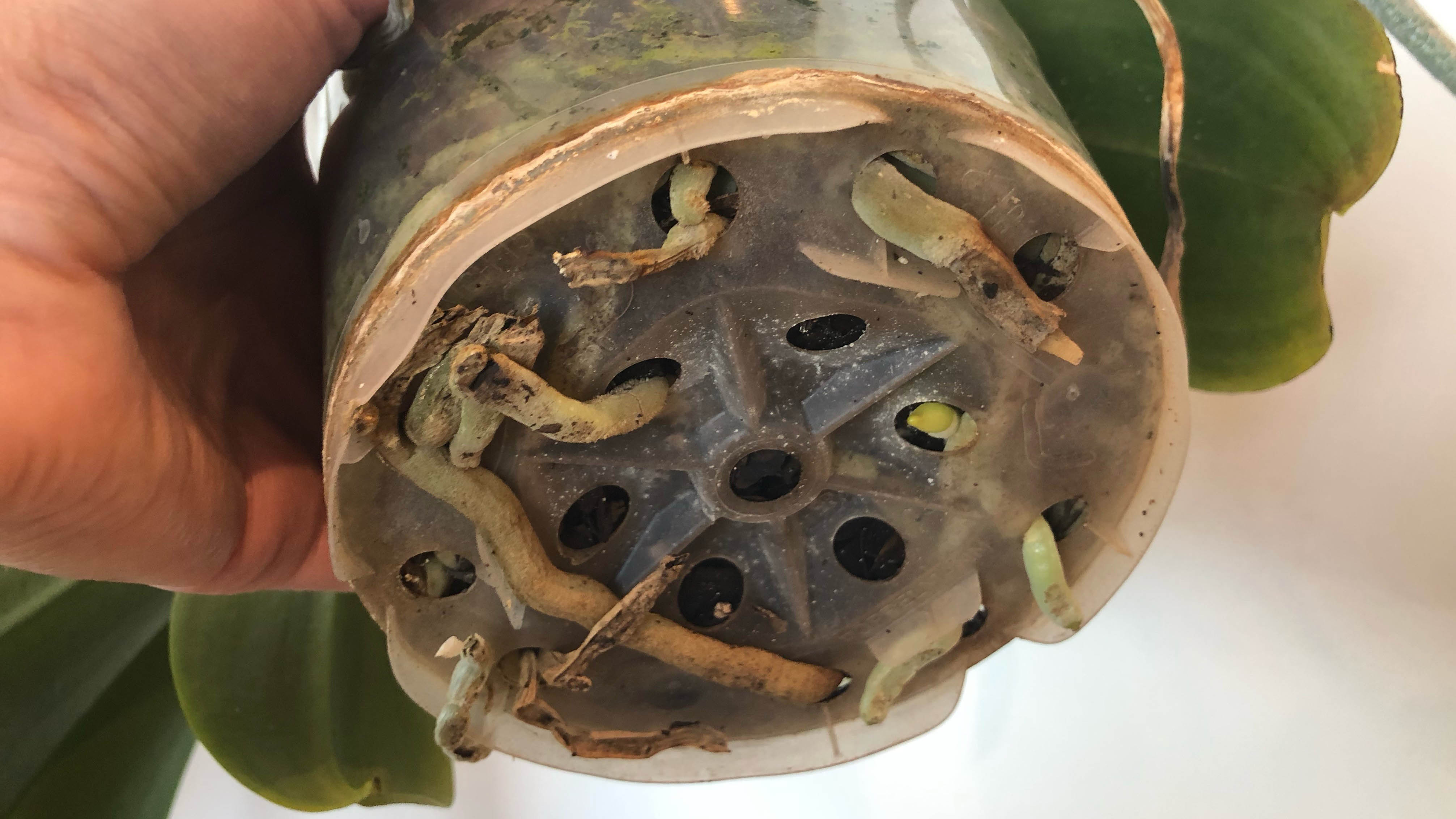
Root rot is the most serious consequence of overwatering. If you suspect this issue, gently remove your plant from its pot and examine the roots. Healthy roots are white and firm, whereas rotting roots appear brown and mushy. To save your plant, trim away the affected roots and repot it in fresh, dry soil.
This can be a common issue when you go on vacation and leave your houseplants in standing water, however to overcome this issue, you can try a houseplant watering hack before you go away.
5. Understanding your plant's needs

Preventing overwatering starts with understanding your houseplant’s specific needs. Different plants have different water requirements. For instance, succulents and cacti need far less water compared to tropical houseplants.
Always check the soil before watering — if the top inch feels dry, it's time to water. Using pots with drainage holes also helps prevent water from accumulating at the bottom.
6. Adjusting for seasonal changes
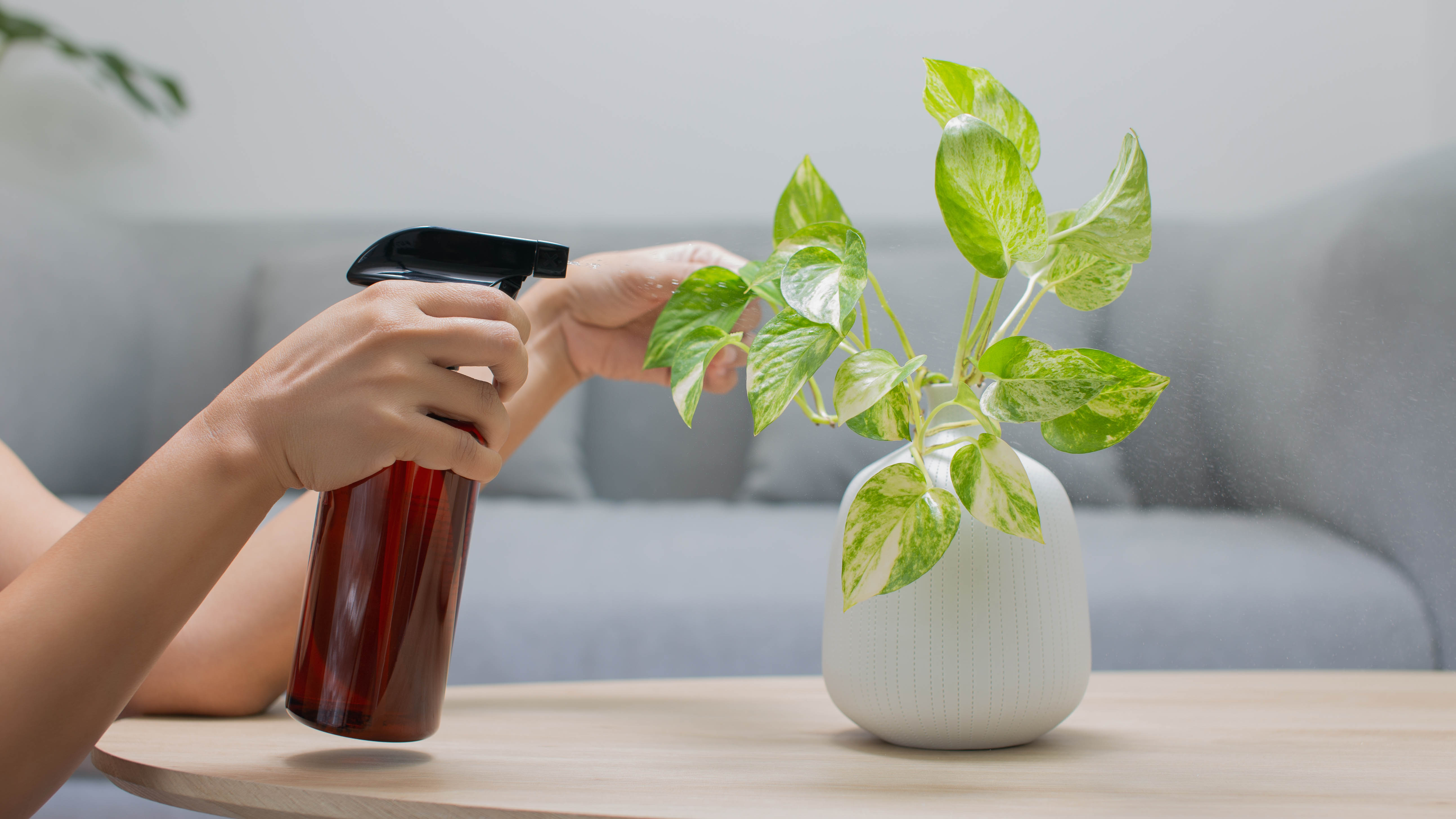
Seasonal changes affect your plant’s water needs too. During winter, most houseplants require less water as their growth slows down. Pay attention to factors like humidity, temperature, and light levels, which can influence how much water your plants need. By adjusting your watering habits and understanding your plant’s specific needs, you can prevent the common mistake of overwatering.
Remember, it’s easier to recover from underwatering than from overwatering, so when in doubt, err on the side of caution.
More from Tom's Guide
- 7 best plants that will thrive in your kitchen
- These 5 powerful houseplants will ease stress and boost your mood
- Do you need an air purifier if you've got houseplants?
Get instant access to breaking news, the hottest reviews, great deals and helpful tips.

Kaycee is Tom's Guide's How-To Editor, known for tutorials that skip the fluff and get straight to what works. She writes across AI, homes, phones, and everything in between — because life doesn't stick to categories and neither should good advice. With years of experience in tech and content creation, she's built her reputation on turning complicated subjects into straightforward solutions. Kaycee is also an award-winning poet and co-editor at Fox and Star Books. Her debut collection is published by Bloodaxe, with a second book in the works.
